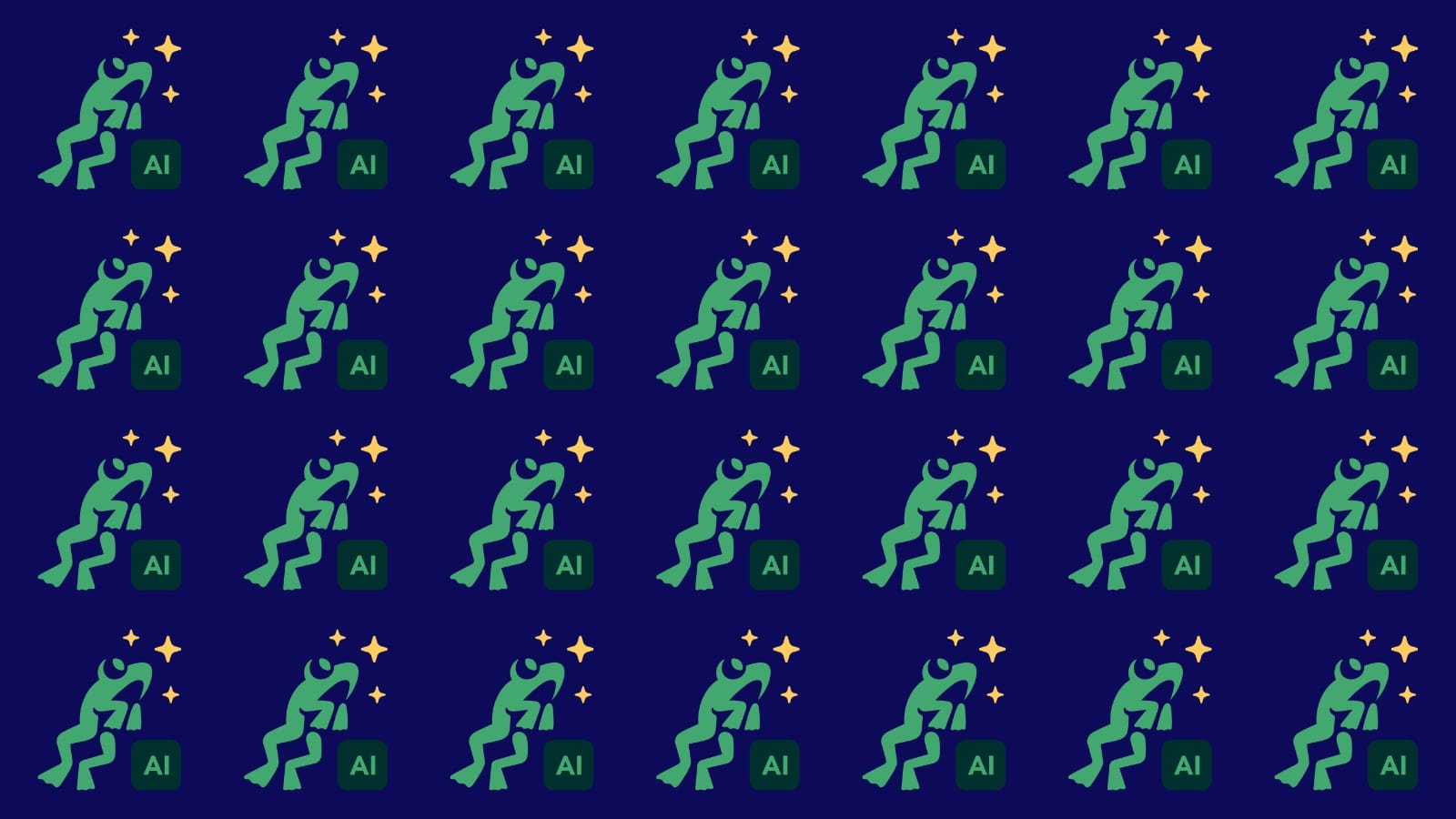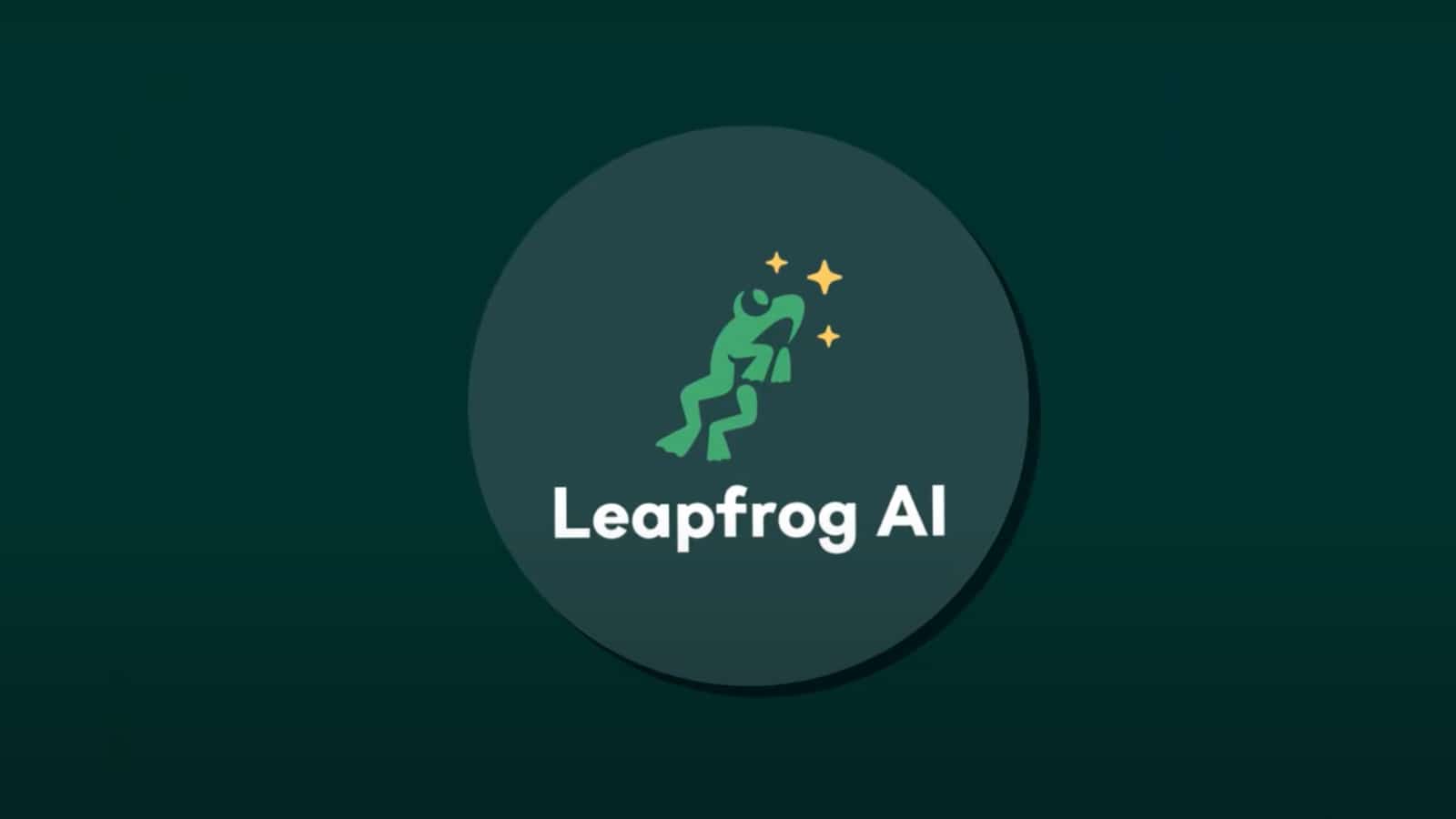Blog
7 Key Benefits of Conducting Cost-to-Serve Analysis
PUBLISHED ON:
April 20, 2023

Subscribe to Receive the Latest Supply Chain Design Resources
In today’s highly competitive business environment, supply chain optimization is critical for companies to remain profitable and efficient. A key element of this optimization is cost-to-serve (CTS) analysis, which involves evaluating the total cost of the supply chain from suppliers to end-customers.
By conducting cost-to-serve analysis as a recurring business process, companies can gain greater visibility into the efficiency of their operations and conduct root cause analysis to identify pain points. This analysis helps evaluate and classify the biggest pain points in terms of product family, geography, and business unit, leading to a roadmap for the next supply chain design initiatives.
These initiatives can include supply chain design use cases like product flow evaluation, sourcing optimization, transport mode selection, sustainability initiatives, or production capacity planning.
Cost-to-serve analysis helps trigger important conversations within a company, providing a fact-based view of the supply chain and driving discussions on how to optimize it.
By understanding their cost-to-serve, companies can gain greater visibility into the financial impact of servicing different customers and product portfolios. They can also identify supply chain design issues for tactical and strategic initiatives. Overall, cost-to-serve analysis is a crucial starting point for companies looking to increase profitability and optimize their supply chain operations.
Related Blog: What Is Cost-to-Serve?
Benefits of Cost-to-Serve (CTS) Analysis
1. Better understanding of financial impact: By analyzing the total cost of serving a customer or product portfolio, companies can better understand the profitability of their business, and make more informed decisions about pricing, product mix, and customer segmentation. This can help them optimize their operations and maximize their profitability.
2. Highlight supply chain design issues: By analyzing the cost-to-serve, companies can identify inefficiencies and bottlenecks in their supply chain design and develop strategies to address them. This might involve optimizing transportation routes, reducing inventory levels, or improving customer service processes.
3. Trigger impactful supply chain conversations: The cost-to-serve analysis can be a catalyst for internal and external conversations about supply chain strategy and operations.
4. Provide actionable insights: By breaking down the costs associated with serving customers and products, a cost-to-serve analysis can identify quick wins and actionable opportunities for improvement. Furthermore, by involving business stakeholders in the initiative, cost-to-serve becomes a collaborative effort with shared ownership.
5. Support tactical and strategic initiatives: Cost-to-serve can be used to support both tactical and strategic initiatives. On a tactical level, it can help companies make short-term decisions about pricing, promotions, and inventory management. On a strategic level, it can help companies develop long-term plans for optimizing their supply chain design and improving their profitability.
6. Develop data-backed foundation for decisions: To implement cost-to-serve, companies need to have accurate and comprehensive data about their supply chain operations. This includes data on costs, inventory levels, customer demand, and product performance. By developing a strong data foundation, companies can more effectively measure their cost-to-serve and identify opportunities for improvement.
7. Provide a platform for scenario analysis: cost-to-serve can be a jumping-off point for scenario analysis, which can help companies to evaluate the impact of different business decisions on their supply chain costs and performance.
Why Cost-to-Serve Analysis Must Be a Continual Business Process
Crucially, cost-to-serve is not just a reporting capability; it involves much more than simply generating reports or presenting data. Here are some reasons why:
- Data editing and transformation: To make sense of supply chain data, it often needs to be edited and transformed. This might involve normalizing data, cleaning it up, or aggregating it to a higher level of granularity. This process requires analytical skills and business expertise to ensure that the data is relevant and meaningful for the specific business question.
- Imperfect data and assumptions: Supply chain data is never perfect and often contains gaps, errors, or missing information. Therefore, assumptions need to be made to fill in these gaps and estimate missing data points. This requires an understanding of the business context and the ability to apply judgment to fill in the gaps.
- Future orientation: Cost-to-serve is not just about analyzing historical data, but also about looking to the future. Companies need to use historical data to inform future decisions and strategies and make predictions about future costs and demand.
- Foundation for smarter supply chain design: Cost-to-serve provides a foundation for smarter supply chain design by providing a comprehensive understanding of the costs and performance of different supply chain activities. This allows companies to identify opportunities for optimization and improvement and make fact-based decisions about how to design and manage their supply chain.
Benefits of Cost-to-Serve Analysis with Cosmic Frog
You’re in global competition with organizations vying for your market share. Your supply chain design must consider cost, service, and risk to win.
With Optilogic Cosmic Frog, businesses can quickly take action on cost-to-serve analysis by making assumptions on policies, costs, and business scope. For example, they can consider only the U.S. market or a single product family. Cosmic Frog’s algorithm automatically allocates the cost-to-serve at the end of all supply chain models, making the analysis quick to complete and providing valuable insights even with a small-scale implementation.
Additionally, comparing the cost-to-serve of different scenarios helps businesses make informed decisions on where the most impactful changes are. Over time, businesses can refine their analysis through discussions and roadmap development, adding more granularity to the analysis and optimizing their supply chain even further.
About the Author
Maxime Jousset is part of Optilogic’s Applied Research team. He has experience in developing, modeling and demonstrating the value of innovative machine learning and optimization solutions.
Grow Your Knowledge
Optilogic Revolutionizes Supply Chain Design with the Introduction of Leapfrog AI
Optilogic’s latest breakthrough, Leapfrog AI, empowers every user—regardless of technical background—to intuitively interact with models and data using natural language. This new assistant is a game-changer for supply chain design, making complex modeling accessible and actionable for everyone.
How Leapfrog AI Makes Everyone a Better Supply Chain Designer
Leapfrog AI is Optilogic’s custom-built large language model (LLM) designed to enhance your experience with the Cosmic Frog supply chain design solution. With Leapfrog, you can effortlessly interact with your models and data using natural language.



